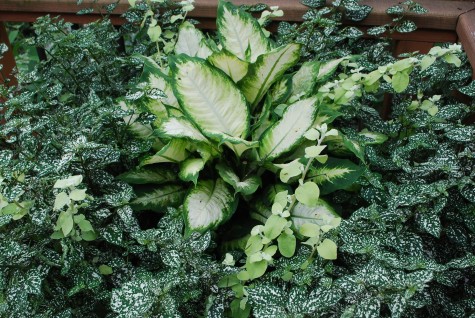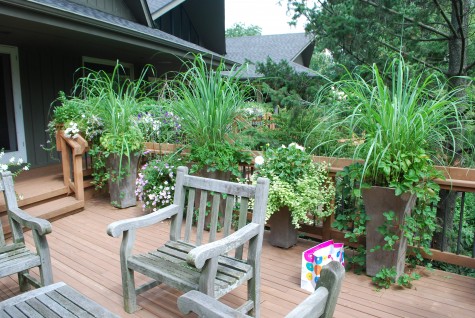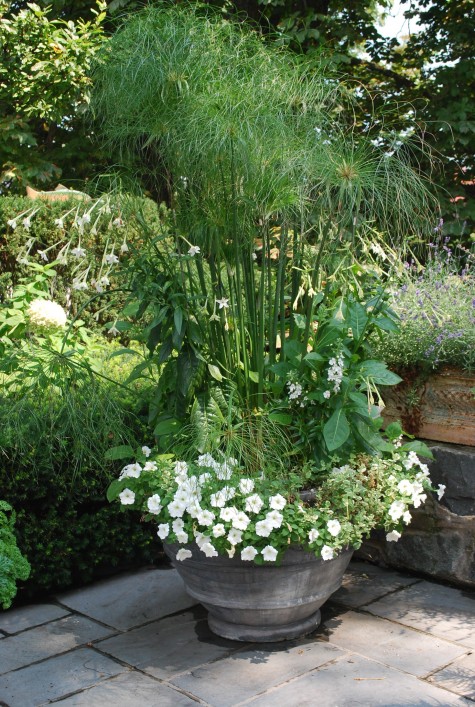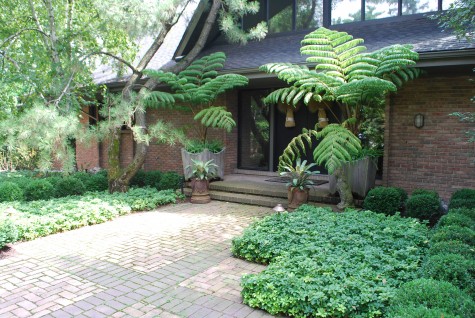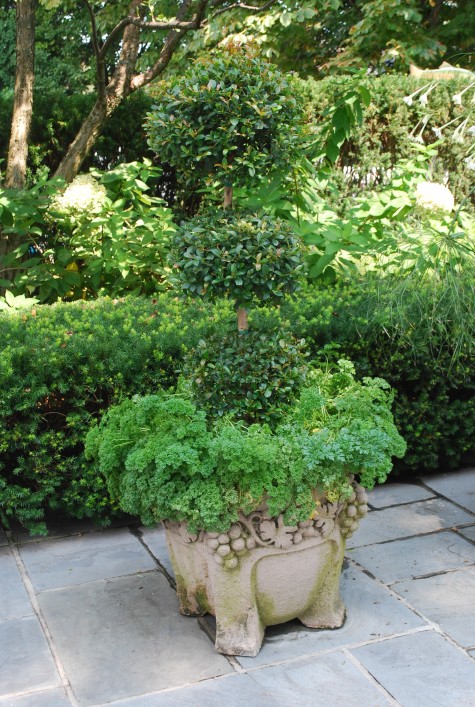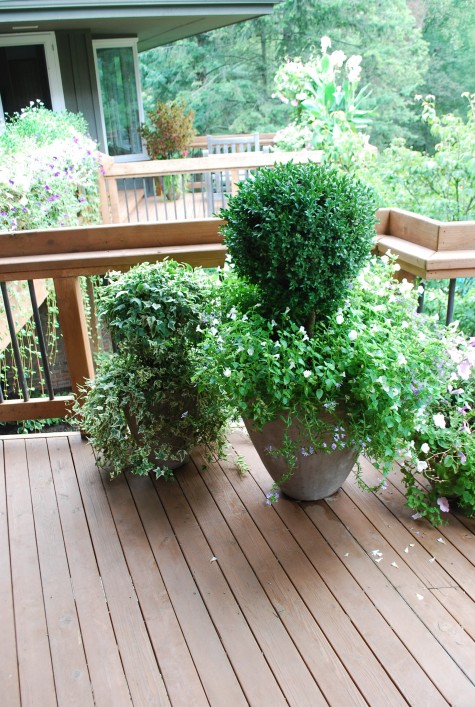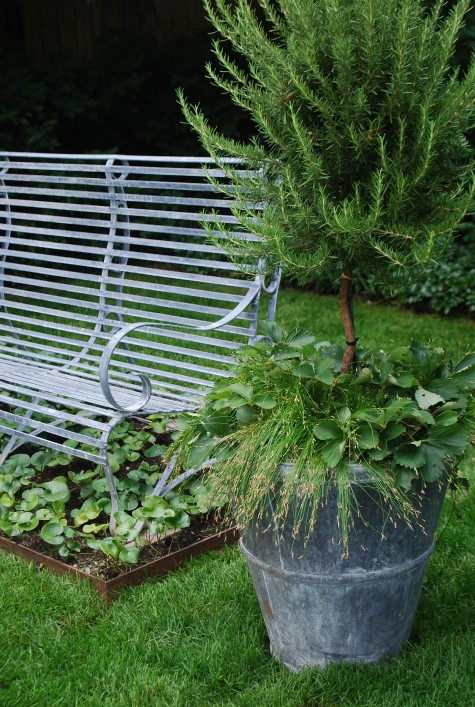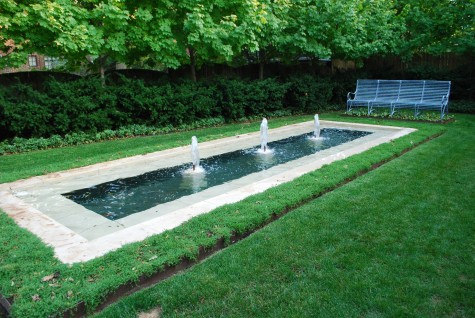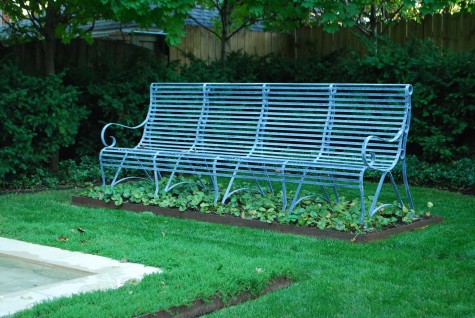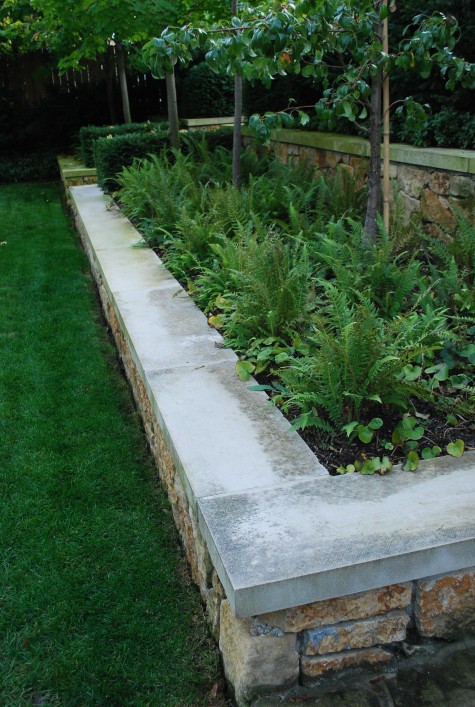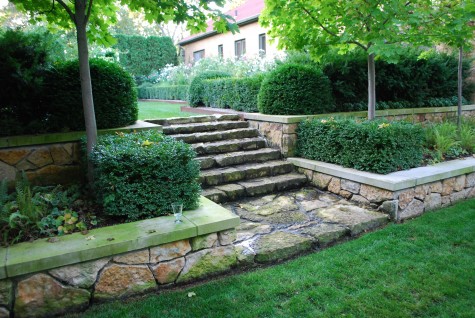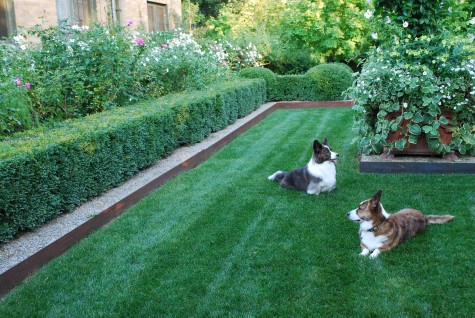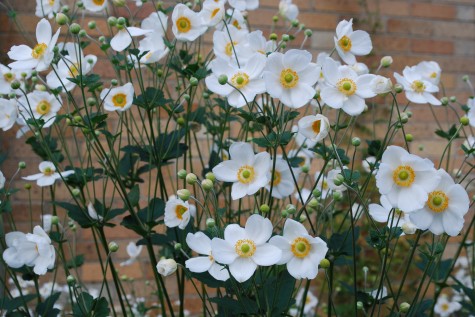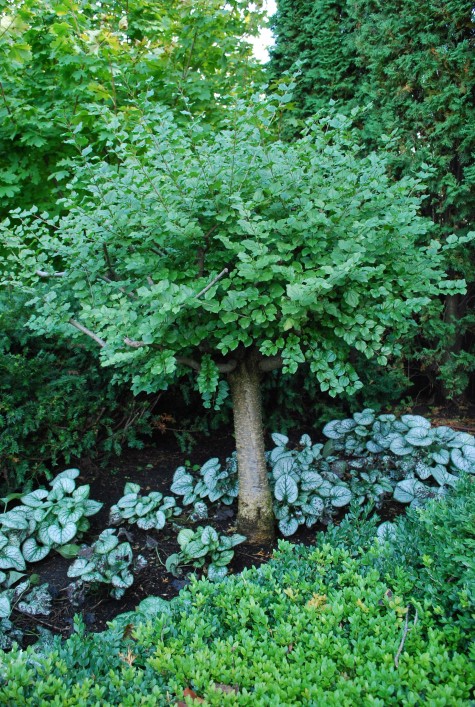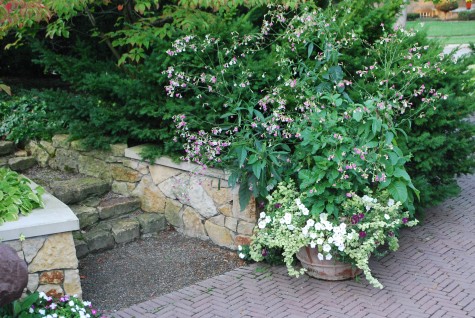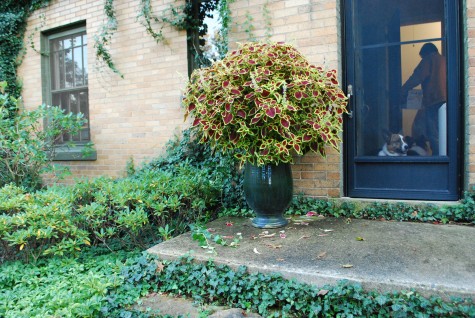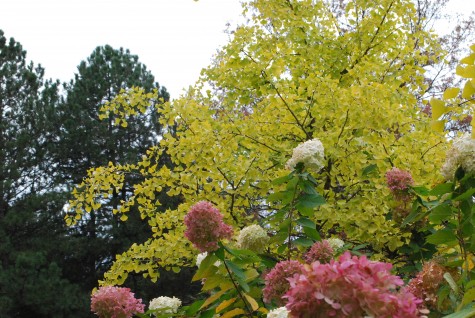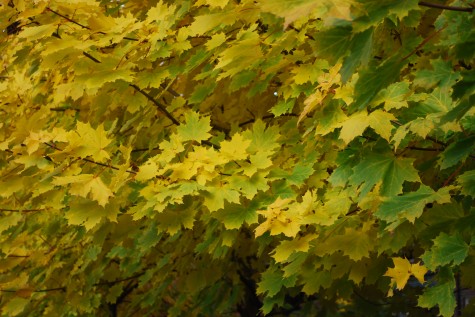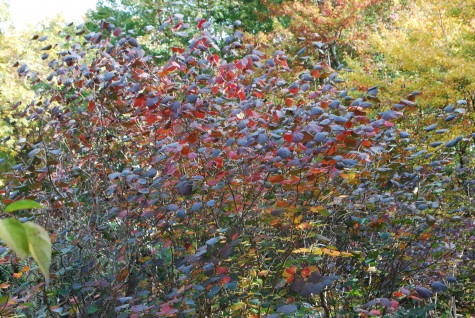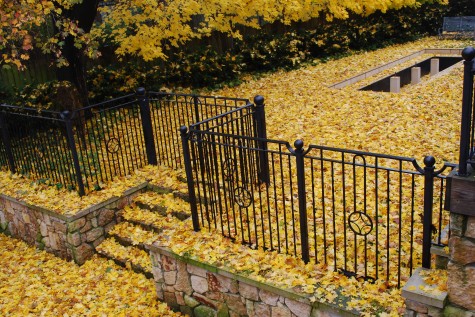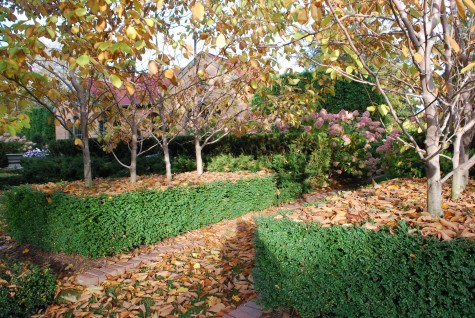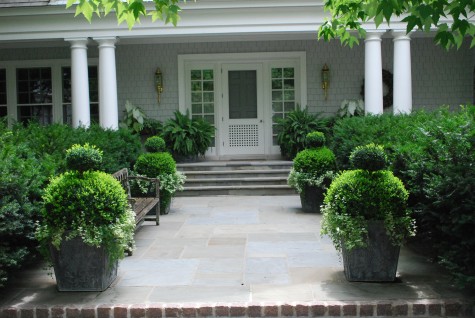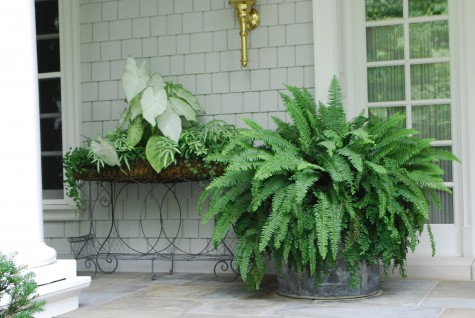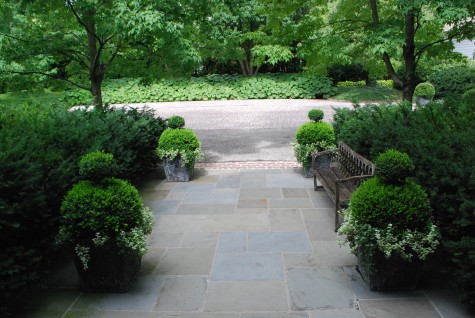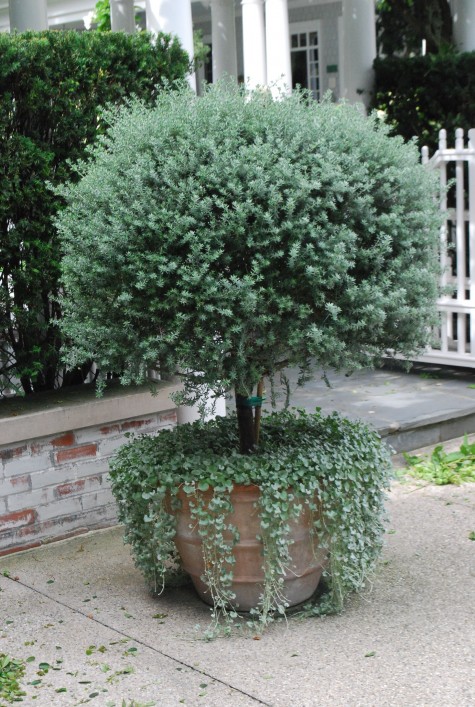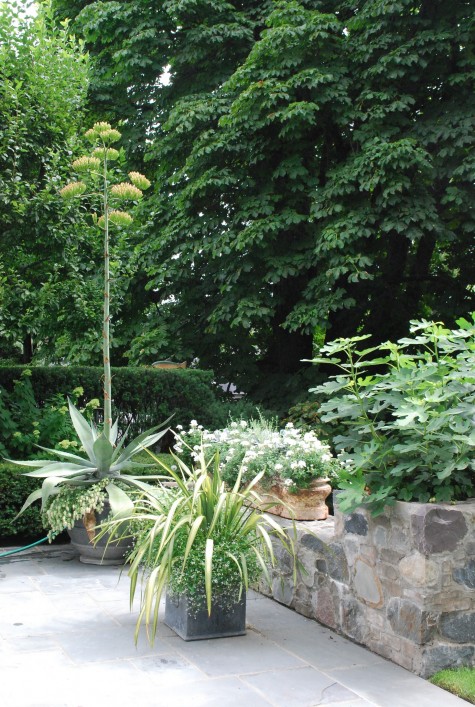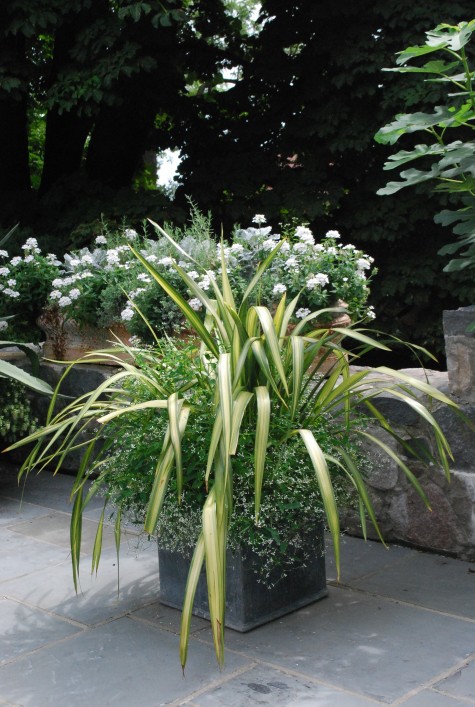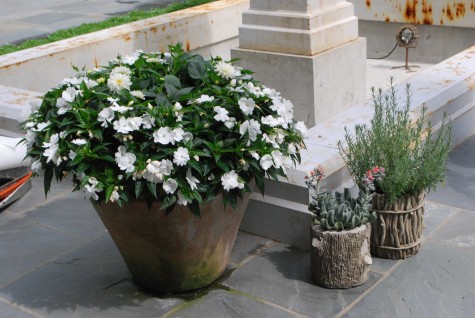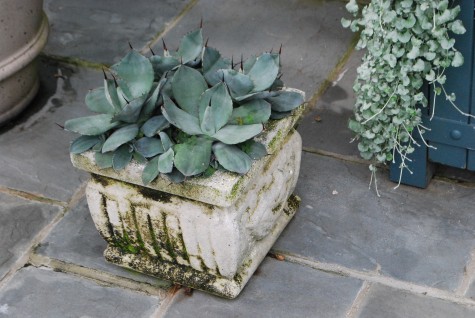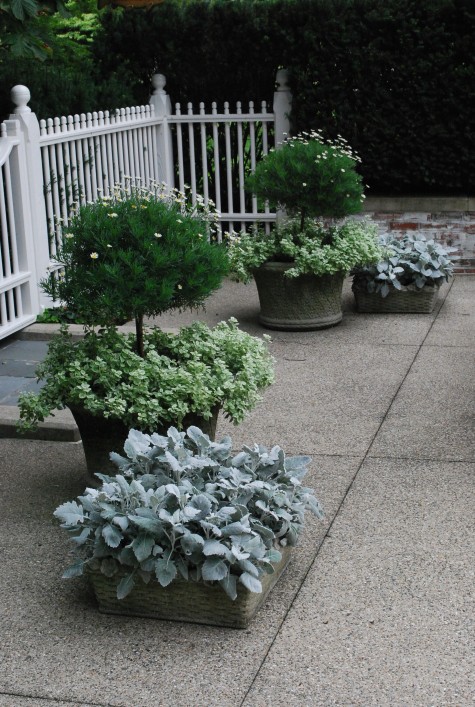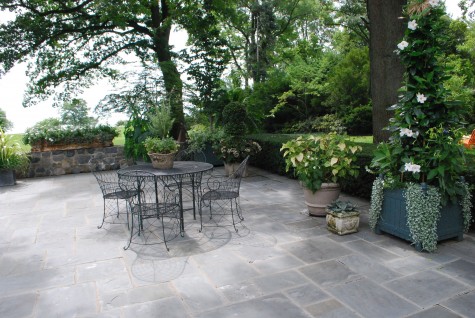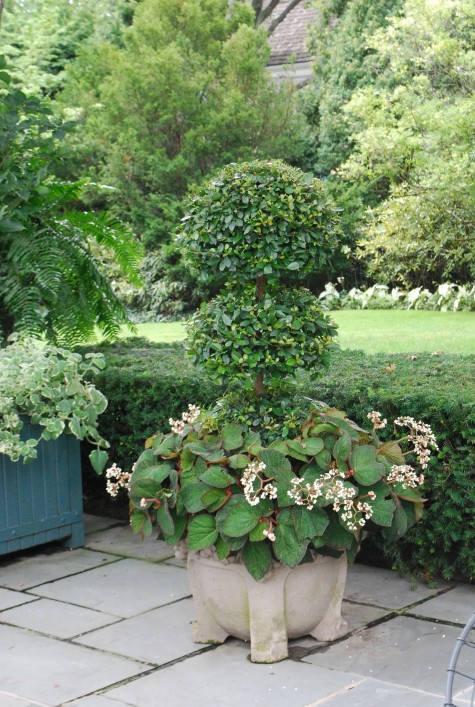Our temperatures have gone back into the 90’s, topped with a big dollop of high humidity; I am seeing signs of summer’s end in a lot of container plantings-including my own. Crispy stems, mildew, and all manner of other trouble one can put under the heading of late summer malaise. Green plantings seem to keep their good looks, even when the late summer doldrums look more and more like the beginning of the end. To follow are some of my favorites this year.
Lime licorice, white polka dot, and a dracaena whose name I do not know-what a fresh look for August 30.
Lemon grass, variously underplanted with basil, parsley, and strawberries.
King Tut, lime nocotiana, variegated licorice and cream petunias
Australian tree ferns, bromeliads, boxwood, pachysandra
Agave, datura metel
Eugenia topiary, parsley
datura metel, nicotiana mutabilis, gardenia standard, cirrus dusty miller, lime licorice
variegated ivy on standard, boxwood standard
Rosemary on standard, strawberries, fiber optic grass. It is amazing how beautiful a collection of green plants can be, whatever the weather.
